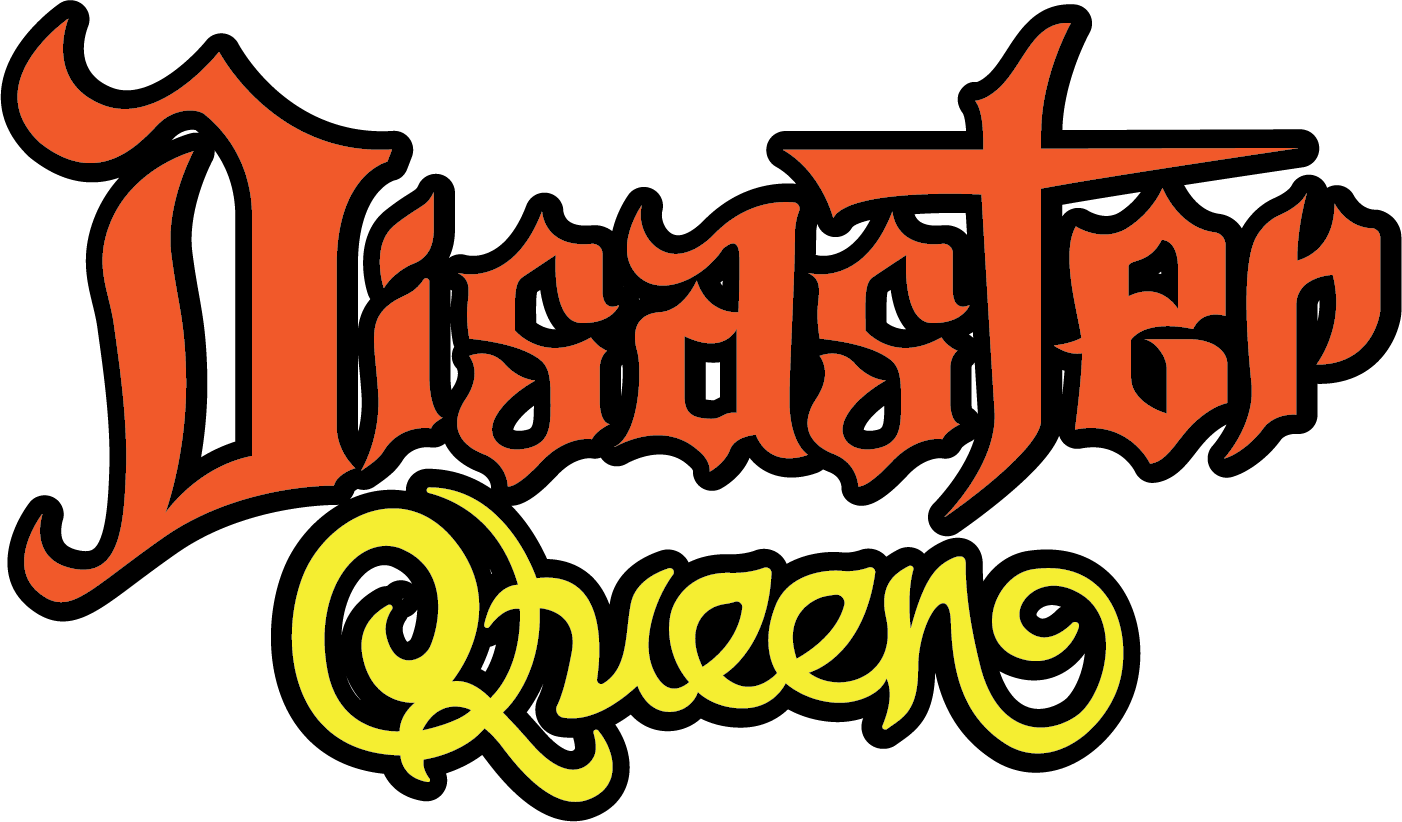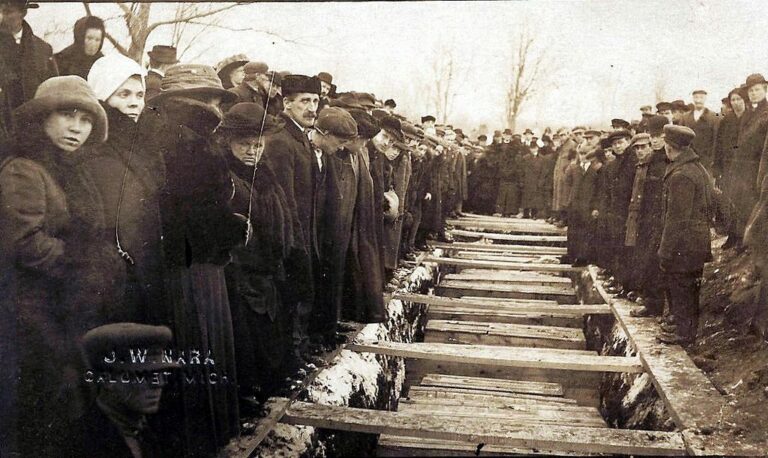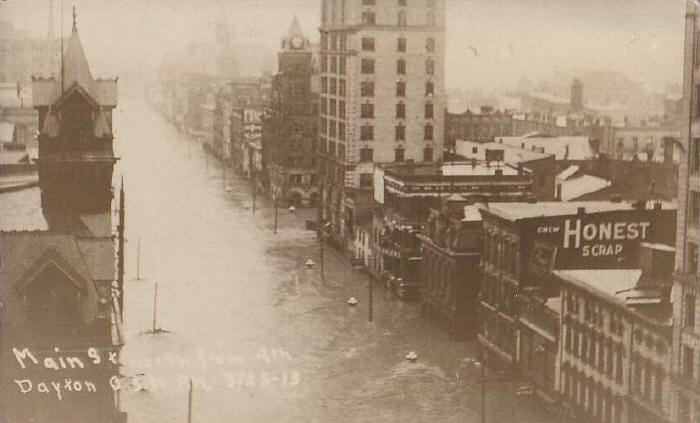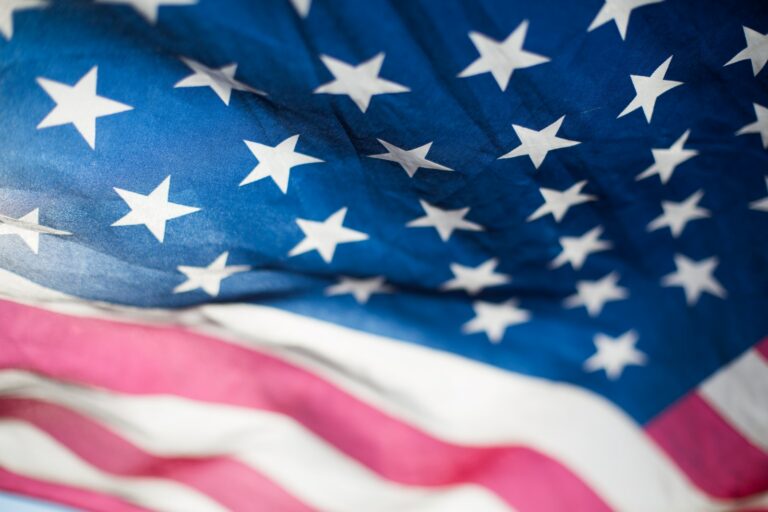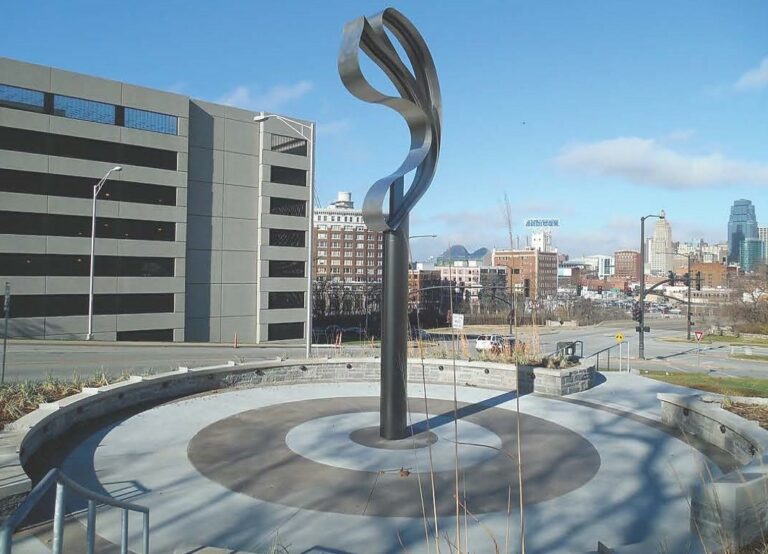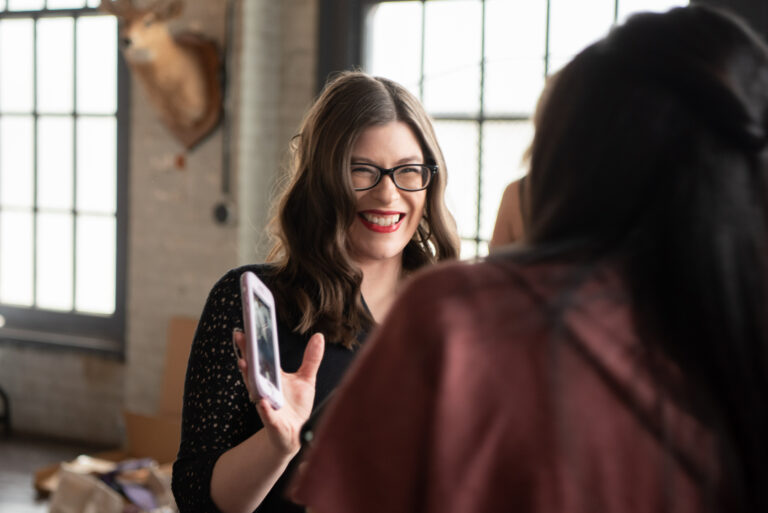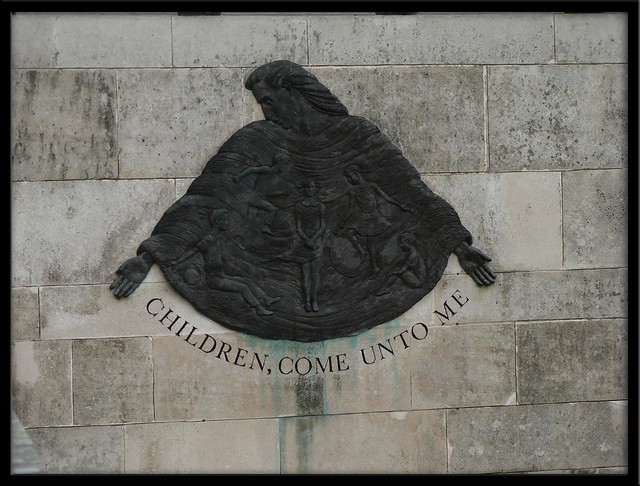The Columbia Space Shuttle Disaster: Lightning Strikes Twice, Sort Of
Someone like me who is pretty obsessed with disasters has, unfortunately, a lot of content to explore within the U.S.’s space program and NASA’s past. Just typing that sentence makes me indescribably sad. The loss of the space shuttle Challenger was without question the defining disaster of my childhood, and I will cover it on the podcast for sure. But I wanted to cover Columbia first because I think people get the two confused, and though a similar malfunction of safety culture within NASA plays into both, they are very different. Additionally, I think Columbia’s brilliant, amazing crew gets overlooked in favor of Challenger’s equally brilliant but more “famous” crew, and I wanted to take the time to honor and showcase them.
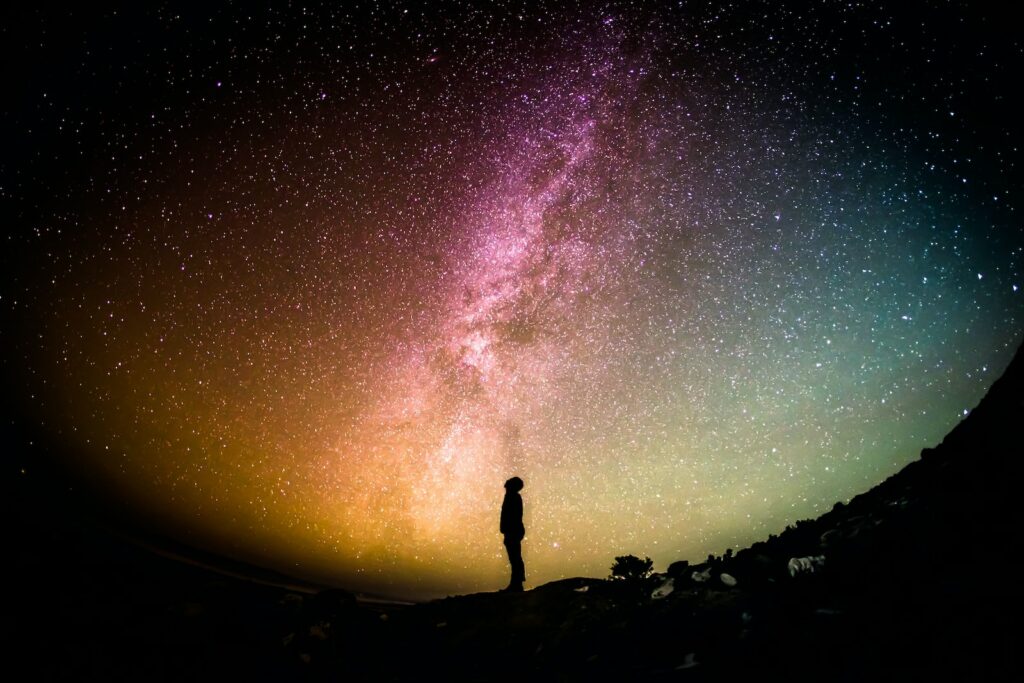
How the Columbia Space Shuttle Disaster Differs From Challenger
Since many (especially those who weren’t yet alive when they occurred) confuse Columbia and Challenger, I wanted to highlight a few differences between these two shuttle losses. I’ll try not to give any big spoilers as to what is in the episode because A) I want you to listen and B) I really do not talk a lot about Challenger in the episode, as it deserves and will have its own!
Challenger occurred almost exactly seventeen years before Columbia, so that’s the first main difference between the two. The second is that while Challenger was lost shortly after launch, Columbia was lost upon re-entry. Challenger never got to space at all, while Columbia got there and fully completed its sixteen-day mission before breaking up in the skies shortly before it should have landed at Kennedy Space Center. The final thing that sets these tragedies apart is the physical causes of the accidents. They involve different parts of the shuttle and its various appendages (again no spoilers so, please listen to find out the cause of the Columbia tragedy!)
Though the physical causes of these two shuttle losses are different (small spoiler here), the cultural causes within NASA could be classified as the same or extremely similar. That’s why I entitled this post “Lightning Strikes Twice, Sort Of”: it seemed absolutely unthinkable that we would lose another shuttle seventeen years after losing Challenger. But, if you look at the accident investigation evidence, it actually seems tragically inevitable.
Honoring Space Shuttle Columbia’s Crew
The most important part of this episode to me is the part where I give a bio on each of Columbia’s seven crew members. These five men and two women were exceptional, brave heroes who served their country well and were absolutely beloved by their families and colleagues. I can’t imagine the pain their loved ones felt and feel at such a sudden and tragic loss. When you watch documentaries about this disaster and you see the moment on NASA Flight Director LeRoy Cain’s face when he realizes his crew is gone, it’s beyond heartbreaking. He keeps it together and professional but you can still see it on his face. It hurts my heart just thinking about it! I encourage you to watch some of the documentaries I’ve listed in the show notes so you can hear from the family and friends of these brave astronauts: Rick Husband, Willie McCool, David Brown, Michael Anderson, Laurel Clark, Kalpana Chawla, and the first ever Israeli astronaut, Ilan Ramon.
What We Learned From the Space Shuttle Columbia Disaster
Like Challenger, Columbia brought painful and scandalous lessons for NASA. Yes, problems were eventually fixed after the shuttle program was grounded for a couple years, but the biggest lesson learned from Columbia’s loss is that the shuttle program was really not sustainable anymore. One of the saddest lessons is also that the safety and culture lessons learned from Challenger eventually wore off, lasting just 17 years or so before another tragic loss of seven crew members. Again, I’ll get specific about lessons in the episode, but since NASA is still sending people to the International Space Station by other means, let’s really hope that these safety lessons will stick forever this time. As it’s been over twenty years since Columbia’s loss, that’s a good sign.
I hope you will come back to this post and leave me a comment about Columbia after you listen! What did you learn? Which crew member’s story stuck with you the most? I can’t wait to hear what you think. And pretty please, leave me a rating and review where you listen to podcasts so that more people can find us and become part of the Disaster Pod Squad!
XO, Jenny
Apple Podcasts | Spotify | Acast
On February 1, 2003 the space shuttle Columbia and her seven astronauts began their return to earth after a successful 16-day science mission. Family and friends joyously awaited their arrival at Kennedy Space center, but the shuttle never appeared. Soon, news stations began running shuttle-watcher home video of the shuttle breaking apart in a blaze of light above Texas and Louisiana. NASA officials couldn’t believe it: seven more amazing crew members and one shuttle lost almost exactly seventeen years after the Challenger. What could have gone wrong? The investigation would soon show a totally different direct cause, but sadly similar indirect causes to Challenger’s demise.
Here are the resources I used to research this episode:
Comm Check: The Final Flight of Shuttle Columbia by Michael Cabbage and William Harwood
Bringing Columbia Home by Michael Leinbach and Jonathan H. Ward
https://www.space.com/19436-columbia-disaster.html#section-searching-for-columbia-debris
https://en.wikipedia.org/wiki/Space_Shuttle_Columbia_disaster
Documentary: NOVA Space Shuttle Columbia Disaster
Documentary: Witness to History – The Loss of Shuttle Columbia
Documentary: Space Shuttle Columbia: Falling Star
The Disaster Queen Podcast is a production of Disaster Queen Productions LLC.
It is produced, researched and written by Jenny Rapson, the Disaster Queen.
The Disaster Queen Pod Squad:
Audio engineering: Robert Rapson
Editing: Josh Rapson
Original theme music: Robert Rapson
Original podcast artwork: Ken Clark
Website Design: Hello Chicky Design
